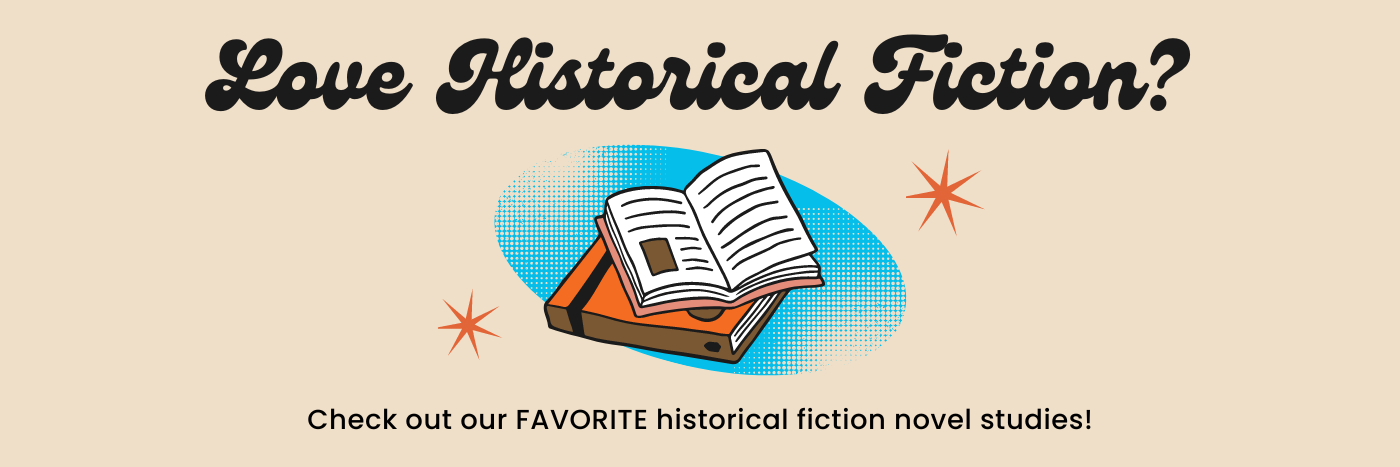
The Cost of Knowing by Brittney Morris – Book Review
 |
Title: The Cost of Knowing Author: Brittney Morris Publisher: Simon & Schuster Books for Young Readers Release Date: April 6, 2021 |
Alex Rufus has a superpower. He can see into the future. Every time he touches something with his hand, he can see a snapshot of what will happen seconds, minutes, hours, or even years from that moment. Yet, as incredible as a superpower may seem, it’s exhausting and anxiety-inducing for Alex. It interferes with everything: his job, his girlfriend, his brother, and his inner-peace. When Alex touches a picture that brings a vision of the death of his younger brother Isaiah, it forces Alex to not only face his past and confront his present but also do everything he can to survive as a young Black man in America.
The Cost of Knowing by Brittney Morris is a riveting and heartbreaking narrative with multiple plot lines. From Alex’s visions to Isaiah’s connection to the past to their love for each other, a powerful novel emerges through their respective stories. At the heart of it, Morris pens a story of generational trauma. Alex and Isaiah strive to break free from that historic trauma’s grip and live truly as free Black boys in America. Yet, racism still pervades their lives and all of society, as it has for hundreds of years. The Rufus brothers must grapple with the persistent dangers it creates for them as they move through the world. Between the two, Morris spends a great deal of time exploring Alex’s perspective. For some, it will be time well spent. For others, the focus may become repetitive and create a longing for other voices. That desire is both a strength and weakness of Morris’ narrative. The novel treats incredibly complex subjects in thought-provoking ways and through interesting characters. However, Morris does not balance them all equally. A reader might long for more because there is so much possibility in what else could be covered.
The Cost of Knowing presents young adult educators a unique way to teach Black history from past to present. As the novel unravels topics in history, educators can simultaneously link these aspects to the present day. It creates the opening for meaningful engagement with those important topics. It can be the perfect vehicle for classroom discussion or cross-curricular learning. Yet, no matter how educators decide to use this rich text, it still belongs on classroom bookshelves and in the hands of young people.
Content Note: The novel contains some explicit language and frank conversations about sex.
Thank you to Edelweiss+ and publisher, Simon & Schuster Books for Young Readers, for an eARC of this book.
Classroom Applications
- Cross-Curricular Exploration – Teach the novel in conjunction with a study of African-American history.
- Book Club or Book Exchange – Share the novel with students that enjoy reading realistic fiction that incorporates elements of fantasy.
Nonfiction Connections
The list below outlines topics that will enrich your students’ understanding of the novel.
- African-American History
- Racism in America
Book Companions
The following are great books to pair with The Cost of Knowing. In parenthesis are the specific aspects students could explore when synthesizing across the texts.
- Children of Blood and Bone by Tomi Adeyemi (Character Connections, Themes, Nonfiction Connections)
- The Hate U Give by Angie Thomas (Nonfiction Connections, Character Connections, Themes)
- Dear Martin by Nic Stone (Nonfiction Connections, Character Connections, Themes)
- Punching the Air by Ibi Zoboi and Yusef Salaam (Nonfiction Connections, Character Connections, Themes)
*LIT Lessons participates in the Amazon Associate Program and earns a fee from qualifying purchases made on the Amazon.com site.
More Blog Posts
It’s time for the annual LIT Lessons Novel Study Giveaway! Year-over-year students grow and change, and those changes are often most pronounced when a new school year begins. It’s a fresh start and a restart. The message of Restart by Gordon Korman captures the spirit of new beginnings, evolving identity, and the universal experience of growing older.
Many ELA question stem resources provide vague sentence starters or surface level prompts to encourage students to engage with a text. Oftentimes, these resources lack true depth and rigor, which means students are not being adequately challenged to critically think about a text.
Middle grades historical fiction novels have come a long way from the books available ‘decades’ ago. In fact, this growing genre is now bursting with fantastic, inspiring, and insightful novels. It comes as no surprise that these books are finding their way into middle school ELA curricula…





